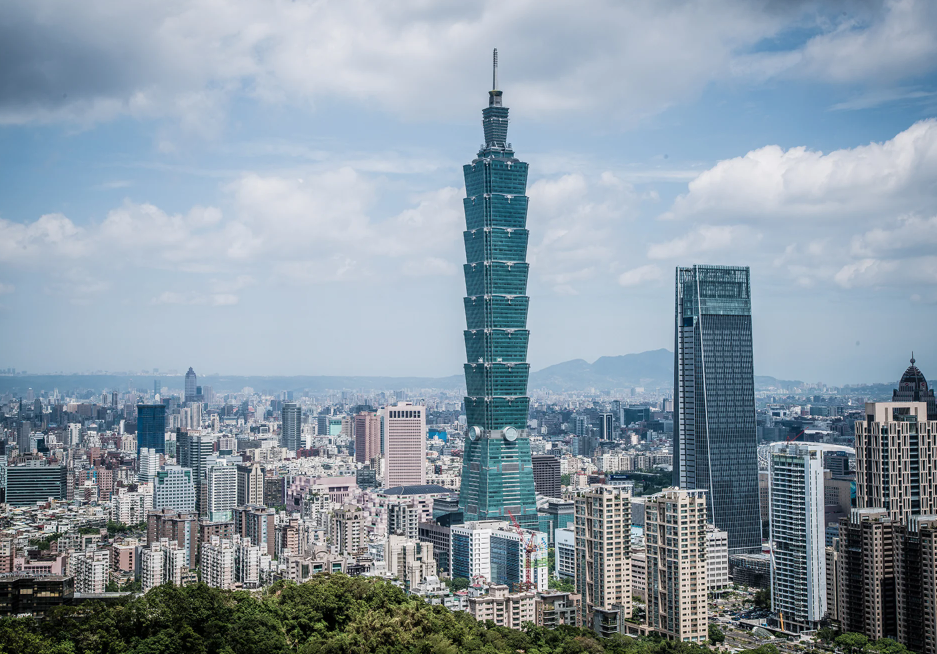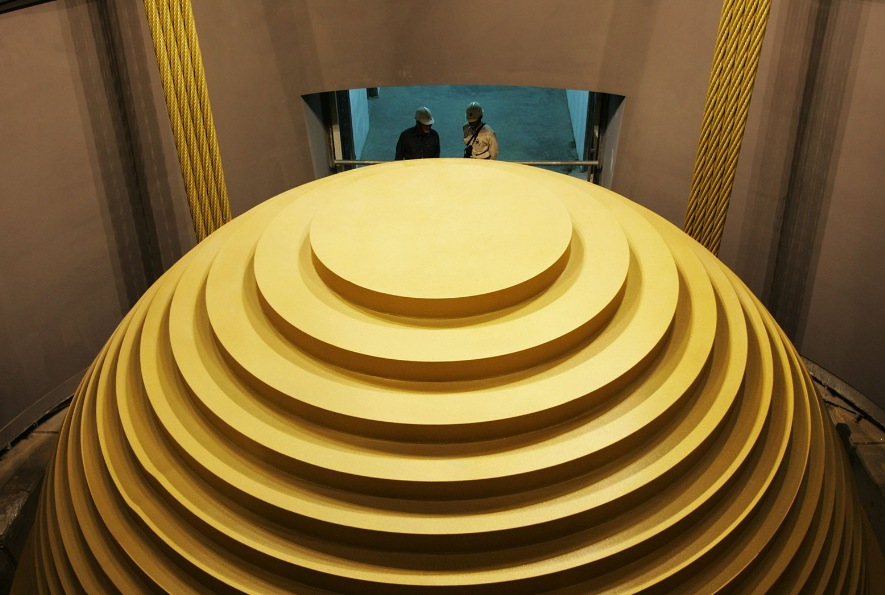How Taiwan’s Tallest Skyscraper Stands Against Earthquakes

The recent 7.4 magnitude earthquake in Taiwan, claiming at least 9 lives and causing damage to 770 structures, prompted a closer look at how the iconic Taipei 101 skyscraper fared amidst the seismic upheaval.
Situated just 80 miles from the epicenter, Taipei saw significant building tremors during what was described as Taiwan’s most powerful earthquake in 25 years. However, Taipei 101, a feat of modern engineering and once the world’s tallest skyscraper, emerged unscathed, showcasing its resilience to seismic activity.
Taipei 101’s Resilience to Earthquakes
Videos from the earthquake captured the 1,667-foot tower gently swaying, a testament to its structural flexibility designed to counteract the earthquake’s force. This flexibility is owed to its primary construction material: reinforced concrete, which combines the compressive strength of concrete with the tensile strength of steel.

Moreover, Taipei 101 employs a sophisticated engineering solution at its summit to further enhance its earthquake resistance – a massive tuned mass damper. Suspended from thick cables between the 87th and 92nd floors, this golden steel sphere, weighing 660 tons, functions as a pendulum, moving up to 5 feet in various directions to counteract swaying motions induced by seismic events.
The Tuned Mass Damper
Tuned mass dampers, a feature not unique to Taipei 101, are crucial components in many skyscrapers worldwide, including iconic structures like the Steinway Tower in New York and the Burj al-Arab in Dubai. These devices mitigate the effects of harmonic vibration, a phenomenon that can lead to structural failure during earthquakes by dissipating the excessive energy.
Beyond its tuned mass damper, Taipei 101 boasts other structural innovations to fortify it against seismic events. Its foundation comprises 380 reinforced concrete and steel piles reaching deep into the bedrock, while steel outrigger trusses connect the building’s core to perimeter mega-columns. These design elements, coupled with adherence to stringent anti-seismic building codes, contribute to the skyscraper’s robustness against earthquakes.
Although Taipei 101 underwent rigorous testing, including digital modeling and shake table experiments simulating earthquake conditions, the exact response to stronger or closer seismic events remains somewhat theoretical. Nonetheless, the skyscraper stands as a symbol of modern engineering ingenuity and resilience against natural calamities.